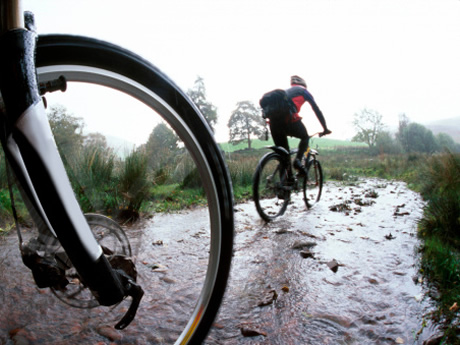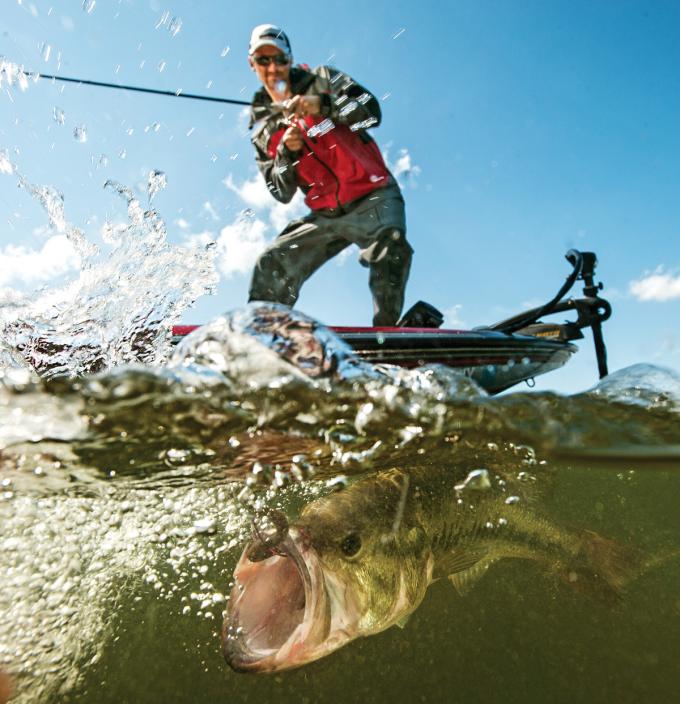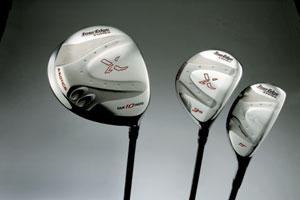Rule 4-1-3
Question
Does this or any rule address a simulated kneel down on behalf of the quarterback,i.e The Dan Marino Play. Is theis type play illegal at the college ranks. There is a game that shows this type of play and it is clear the quarterback's knee did not touch the ground, but he did simulate it and the ref called deadball. Was that the right call?
Answer
Bryan
I am not sure what you mean by the Dan Marino play [ i would need to see a video clip of that play to address it specifically]. Rule 4-1-3 is the NCAA Football that provides when a live ball becomes dead, when the official shall sound his whistle or declare it dead. You are asking about simulated kneel down plays. In that situation the ball is declared dead. It is addressed in subsection "o" and "b".
Rule 4-1-3 states:
Ball Declared Dead
ARTICLE 3. A live ball becomes dead and an official shall sound his whistle or declare it dead:
a. When it goes out of bounds other than a kick that scores a field goal after touching the uprights or crossbar, when a ball carrier is out of bounds,
or when a ball carrier is so held that his forward progress is stopped. When in question, the ball is dead (A.R. 4.2.1-II).
b. When any part of the ball carrier's body, except his hand or foot, touches the ground or when the ball carrier is tackled or otherwise falls and loses possession of the ball as he contacts the ground with any part of his body, except his hand or foot [Exception: The ball remains alive when an offensive player has simulated a kick or at the snap is in position to kick the ball held for a place kick by a teammate. The ball may be kicked, passed or advanced by rule] (A.R. 4.1.3-I).
c. When a touchdown, touchback, safety, field goal or successful try occurs; or when an unsuccessful field-goal attempt that has crossed the neutral zone and is then untouched by Team B lands in Team B's end zone or out of bounds (A.R. 6.3.9-I).
d. When, during a try, a dead-ball rule applies (Rule 8-3-2-d-5).
e. When a player of the kicking team catches or recovers any free kick or a scrimmage kick that has crossed the neutral zone.
f. When a free kick, scrimmage kick or any other loose ball comes to rest and no player attempts to secure it.
g. When a scrimmage kick beyond the neutral zone or a free kick is caught or recovered by any player after a valid or invalid fair-catch signal; or when an invalid fair-catch signal is made after a catch or recovery by Team B (Rules 2-8-1, 2-8-2, 2-8-3).
h. When a return kick or scrimmage kick beyond the neutral zone is made.
i. When a forward pass is ruled incomplete.
j. When, before a change of team possession on fourth down or a try, a Team A fumble is caught or recovered by a Team A player other than the fumbler (Rules 7-2-2-a and -b and 8-3-2-d-5).
k. When a live ball not in player possession touches anything inbounds other than a player, a player's equipment, an official, an official's equip-ment or the ground (inadvertent-whistle provisions apply).
l. When a simultaneous catch or recovery of a live ball occurs.
m. When the ball becomes illegal while in play (inadvertent-whistle provisions apply).
n. When a live ball is in possession of an official (inadvertent-whistle provisions apply).
o. When a ball carrier simulates placing his knee on the ground.
p. When an airborne pass receiver of either team is held so that he is prevented from immediately returning to the ground (A.R. 7.3.6-III).
q. When a ball carrier's helmet comes completely off.
The reason for declaring the ball dead is so there is no trickery in this situation or immediately after the snapper QB exchange which could cause injury. It is based on fortifying player safety and sportsmanship.
Quarterback advice
punting


